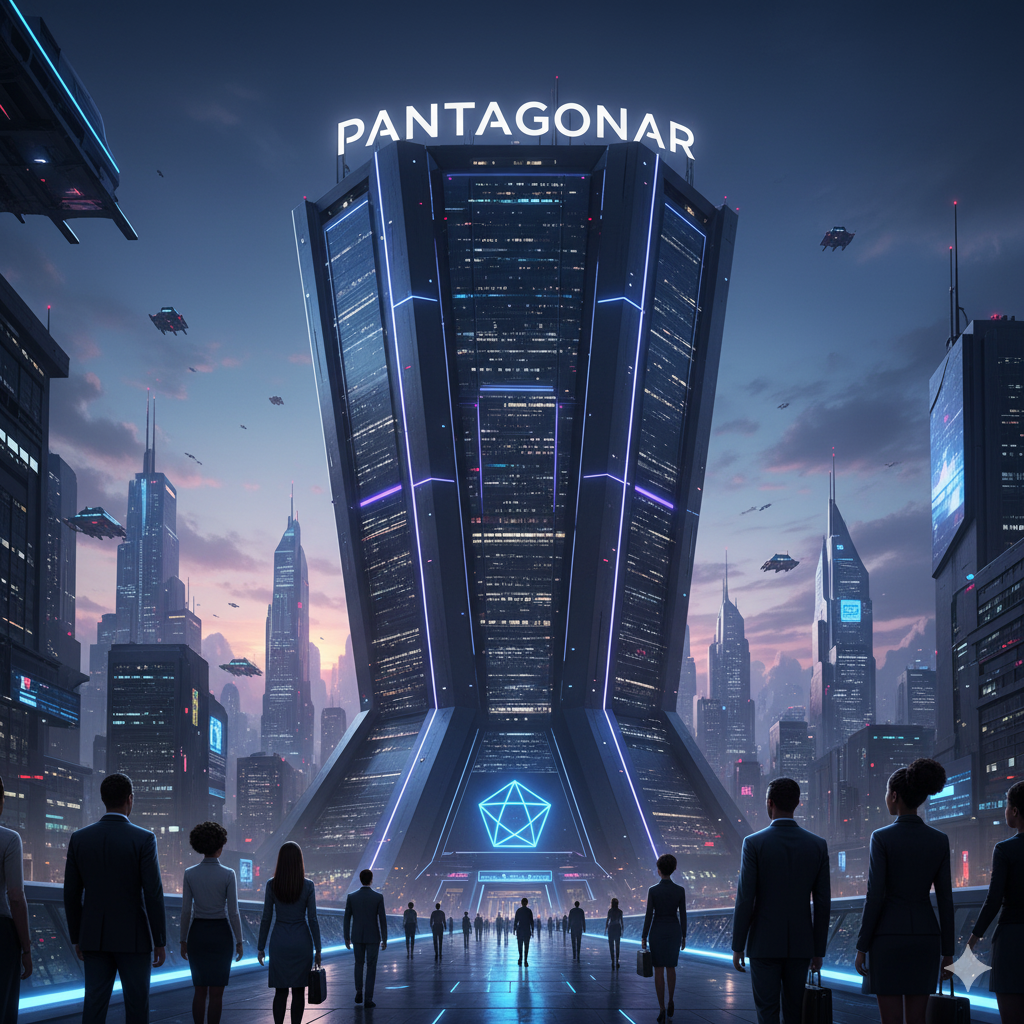Pantagonar is a celebration that dances at the intersection of history, culture, and community spirit. With vibrant traditions and rich narratives, this festival brings people together in a colorful tapestry of joy and unity. As we delve into what makes Pantagonar so special, you’ll discover its roots, significance, and how it has evolved through the ages. Get ready to immerse yourself in an experience filled with unique customs and modern interpretations that keep this lively tradition alive!
What is Pantagonar?
Pantagonar is more than just a festival; it’s a vibrant celebration steeped in traditions that span generations. This cultural event gathers communities to honor their heritage, showcasing the spirit of togetherness and joy.
At its core, Pantagonar symbolizes resilience and unity. Participants engage in various activities that reflect both historical significance and modern-day values.
From lively parades to intricate performances, every aspect of Pantagonar tells a story. Local artisans often display their crafts, emphasizing creativity while preserving age-old techniques.
Food also plays a vital role during this festivity; traditional dishes tantalize taste buds and bring people closer through shared meals. The atmosphere buzzes with music, laughter, and warmth as families come together to celebrate what it means to belong.
As the sun sets on this captivating day, the essence of Pantagonar lingers long after the festivities conclude.
The Origin and History of Pantagonar
The origins of Pantagonar trace back to ancient civilizations, where it began as a harvest festival. Communities gathered to celebrate the abundance of crops and give thanks for nature’s bounty.
Over centuries, various cultures have infused their own traditions into the festivities. This blending has shaped Pantagonar into a rich tapestry of rituals and celebrations.
Historical texts mention early gatherings that featured music, dance, and communal feasts. These events provided an opportunity for social bonding among villagers.
As societies evolved, so did the meaning behind Pantagonar. It became not just a celebration of agriculture but also a time for reflection on community values and shared heritage.
Today’s festivities echo those early days while embracing modern influences. The essence remains—a collective joy in unity with nature and one another.
Cultural Significance and Traditions Associated with Pantagonar
Pantagonar holds a deep cultural significance, woven into the fabric of community life. It’s more than just a celebration; it embodies shared values and collective identity.
Traditions associated with Pantagonar often include vibrant parades that showcase local artistry. Participants don elaborate costumes, reflecting both historical figures and mythical creatures. This visual spectacle draws crowds together, fostering unity among diverse groups.
Music plays an essential role as well. Traditional songs echo through the streets, resonating with nostalgia and pride. The rhythm invites people to dance, breaking down barriers amid laughter and joy.
Food is another centerpiece during Pantagonar celebrations. Families prepare special dishes that have been passed down through generations, each recipe telling its own story of heritage.
Rituals honoring ancestors are common too. These moments create connections across time, reminding participants of their roots while embracing contemporary interpretations of age-old customs.
How to Celebrate Pantagonar: Traditional Practices and Customs
Celebrating Pantagonar involves a blend of vibrant traditions and communal spirit. Each community adds its unique twist, but certain customs are widely embraced.
One popular practice is the gathering of families to share traditional dishes. Recipes are often passed down through generations, featuring local ingredients that reflect the region’s culture.
Music and dance play a crucial role during this celebration. People come together in lively performances, showcasing folk dances that tell stories from their heritage.
Visitors can also find beautifully crafted decorations adorning homes and public spaces. These symbolize unity and joy, inviting everyone to partake in the festivities.
Offering prayers or blessings at significant sites marks another essential element of Pantagonar celebrations. It connects participants with their ancestors and fosters a sense of belonging among attendees.
Modern-day Adaptations of Pantagonar Celebrations
Today, Pantagonar celebrations have evolved significantly. Many communities blend traditional practices with contemporary influences, resulting in vibrant festivities that appeal to younger generations.
Social media plays a vital role in this shift. Events are now promoted online, attracting more participants and creating excitement around the festival. Hashtags associated with Pantagonar help spread awareness beyond local borders.
Local businesses also embrace Pantagonar by hosting themed events or offering special products during the celebration. This not only supports the economy but fosters community spirit as everyone comes together to enjoy unique experiences.
Artistic expressions such as music and dance performances have modernized too. Local artists showcase their talents while incorporating new genres into traditional songs, making them relatable for today’s audience.
Moreover, sustainability is becoming a priority during these celebrations. Eco-friendly practices are introduced to minimize waste and create a more responsible approach to honoring cultural heritage.
Controversies Surrounding Pantagonar
Pantagonar, while celebrated widely, is not without its controversies. Some critics argue that the commercialization of Pantagonar has diluted its authentic cultural essence. Vendors capitalize on traditions to attract tourists rather than honor their roots.
Another point of contention is the environmental impact of large gatherings. Local communities often face challenges as they try to accommodate increasing crowds, leading to waste and strain on resources.
Additionally, differing interpretations of Pantagonar’s significance can spark heated debates among traditionalists and modern celebrators. These disagreements sometimes overshadow the true spirit of unity and joy that the festival aims to promote.
Social media plays a role in amplifying these conflicts. As images flood feeds, contrasting views emerge about what represents genuine celebration versus mere spectacle. The dialogue surrounding Pantagonar reflects broader societal issues about tradition’s place in contemporary life—an evolving narrative in need of thoughtful engagement.
Conclusion: Importance of Preserving Cultural Festivities like Pantagonar
Preserving cultural festivities like Pantagonar is vital for maintaining our shared heritage. These celebrations foster a sense of community and belonging while allowing us to connect with our roots. They offer an opportunity to reflect on traditions that have shaped generations before us.
Events such as Pantagonar remind us of the values we hold dear, encouraging the transmission of knowledge from one generation to another. This continuity strengthens communal bonds and cultivates respect for diversity within cultures.
Moreover, engaging in these customs enhances local economies through tourism and participation in traditional crafts. As people come together to experience these unique events, they contribute not only to their own enjoyment but also support artisans and local businesses.
It is essential that future generations understand the significance behind such celebrations. By embracing our culture’s richness, we ensure it remains alive and vibrant for years to come. Every dance, song, or ritual holds stories waiting to be told — let’s commit ourselves to keep those stories alive through practices like Pantagonar.




